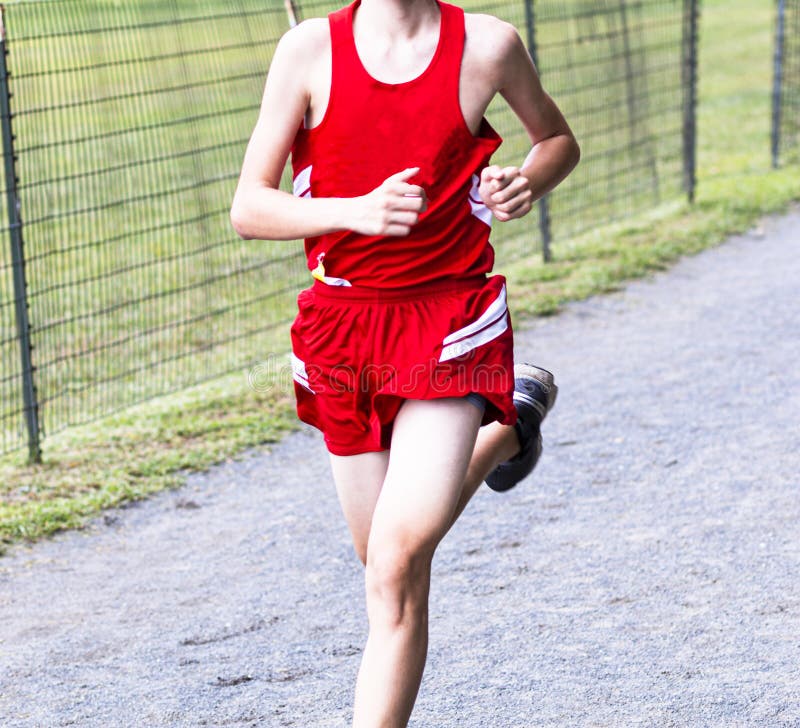Those of you on your fat loss quest might resort to running or jogging to help burn off that excess poundage.
A lot of trainers out there advocate for running or jogging to help their bigger clients shed their spare tire, but, in the end, may be damaging their ability to lose fat.
In fact, you may end up hurting yourself if you resort to excessive cardio of this fashion.
So we’ve compiled three reasons why you should avoid doing these forms of cardio.
1. Running/Jogging is Hard on The Joints and Shins

It is hard on the shins and knees if you’re a fit, healthy runner to begin with — let alone an untrained overweight individual.
The strain your excess bodyweight causes on the knees and shins can lead to a costly visit to your local physician, followed by a lengthy stay on the shelf.
Many runners have to ice their shins and knees to reduce inflammation. If you already have an unhealthy diet model — causing you to get fat in the first place — the chances are that you’re already inflamed to one degree or another.
Adding this taxing, repetitive movement on top of your excess body fat and chronic inflammation is a recipe for disaster.
Furthermore, many dieters out there might not follow an optimal diet model to support long distance running.
A low fat diet can make running tougher on the joints in addition to your situation.
2. Running/Jogging Will Increase Your Appetite
When you’re in a caloric deficit, the last thing you need is to be constantly hungry — and that’s what this form of cardio will do: make you hungry.
Your body, after burning several hundred calories, and searing through glycogen stores will be screaming for repletion.
Even the steeliest discipline will be challenged to remain in a caloric deficit when hunger is massively stoked.
And I mean a voracious hunger, too, referred to as “runger” by runners.
According to Runner’s World:
“But there are a couple of other reasons you could be craving seconds or even thirds post-workout. Running is, by nature, a high-intensity sport. “If you’re doing high-intensity exercise a lot, you’re sending your body the signal that you are now a high-intensity athlete,” says [Registered Dietician, Jenna] Braddock. In response, your body is going to work harder—and use more energy—to keep everything in homeostasis.”
And then there’s the afterburn effect. “High-intensity exercise burns more calories both during and afterward,” says Braddock. Because your metabolism is still revving post-workout, it’s immediately using the calories you eat after a run to replenish your depleted energy stores. That could leave you feeling hungry again soon afterward.”
Mega munchies and trying to consume fewer calories isn’t a happy or sustainable combo.
3. Running/Jogging is Catabolic and Can Interfere With Recovery

Finally, these forms of cardio interfere with post-training recovery and are catabolic, meaning that you can actually lose your hard-earned muscle mass.
“Muscle protein provides a small part of the energy for any exercise — including running — so you do indeed use a bit of muscle as fuel for running,” says Scott Saifer, MS, head coach at Wenzel Coaching.
He added: “The number typically given is that 10% of the energy for endurance sports comes from protein, but the truth is much more complicated. The fraction of energy coming from protein depends on the availability of other sources of energy such as muscle glycogen, blood sugar and fat.”
The other issue with running is that it also interferes with post-training recovery, by causing additional micro-tearing in the muscles and preventing muscle growth through Muscle Protein Breakdown (MPB) which is the opposite of Muscle Protein Synthesis or muscle gain.
One study found that amateur runners were in a state of MPB for up to THREE DAYS following a long run [R].
If you’re doing leg workouts, a run can prolong your recovery time and stifle your progress.
Muscle is metabolically active; this means that you will burn more calories at rest or during activity just by having that muscle mass. This is very important to consider when attempting to lose fat.
Another thing to consider is that walking can be done every day, or even multiple times a day, whereas running requires greater rest periods between sessions.
What to Do Instead
Being in a calorie deficit will inform your fat loss success, but if you’d like to burn more calories through cardio, we recommend either HIIT or walking.
Walking is far lower impact on the joints than running as well as a tool for helping you destress, parse your thoughts, burn calories, and recover after training by inducing bloodflow.
Check out our article on the best form of cardio for more info.

Don’t hesitate to email us at [email protected] for personalized coaching and a client questionnaire if you’d like DEDICATED tailor-made personal training on strength training, building muscle, losing fat, developing athleticism, and more — all to your liking, lifestyle, habits, and taste!
Otherwise, don’t forget to claim your FREE eBook detailing how to lose 20lb of fat while building muscle in 12 weeks! You can claim it here.
Alternatively, you can pick up a FREE eBook on fundamental strength principles offering an introductory workout program.













